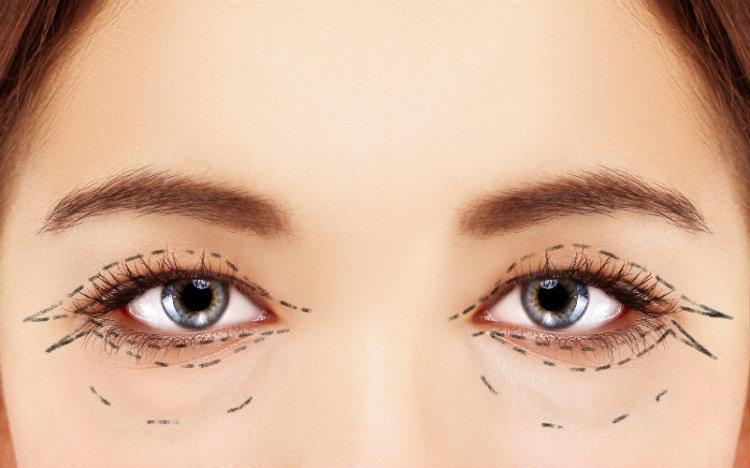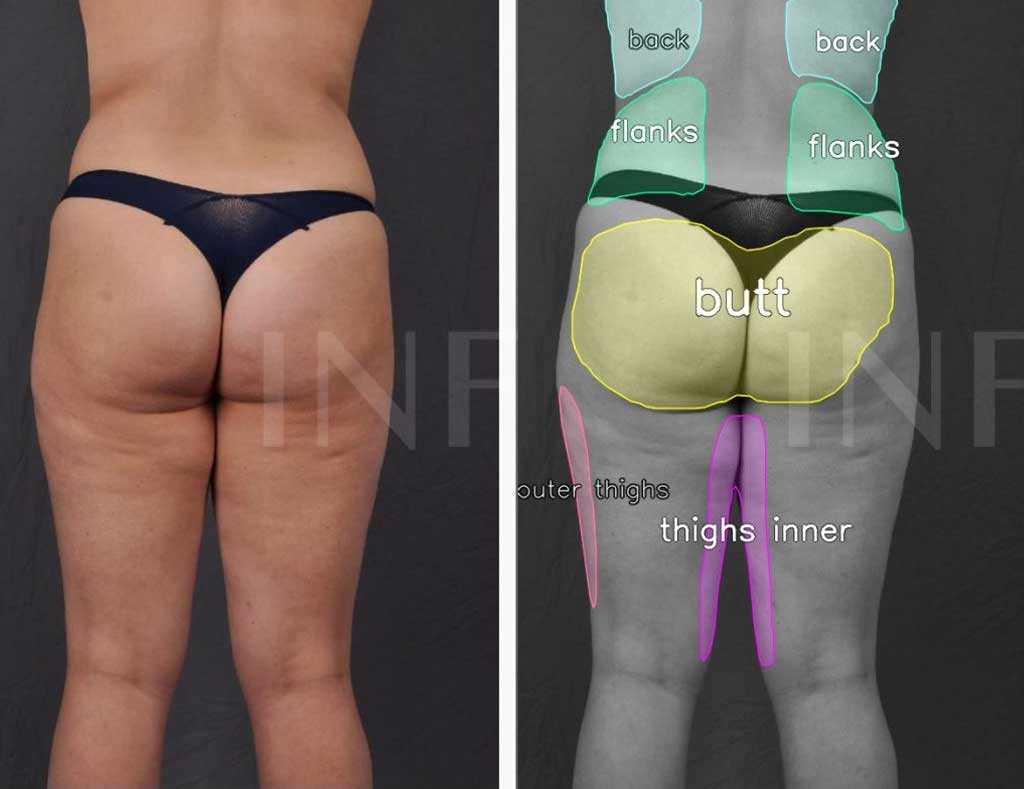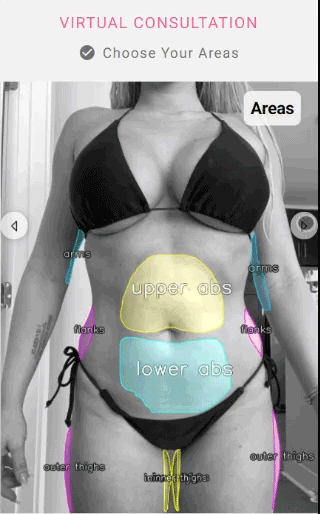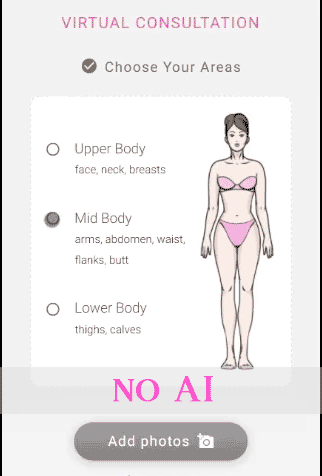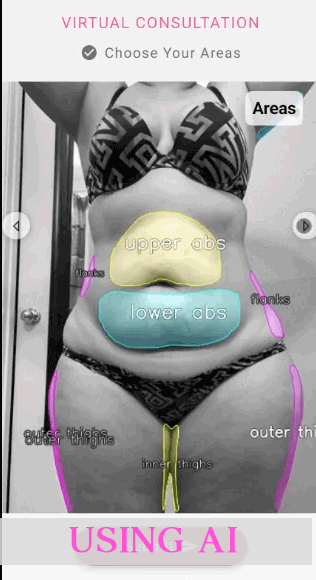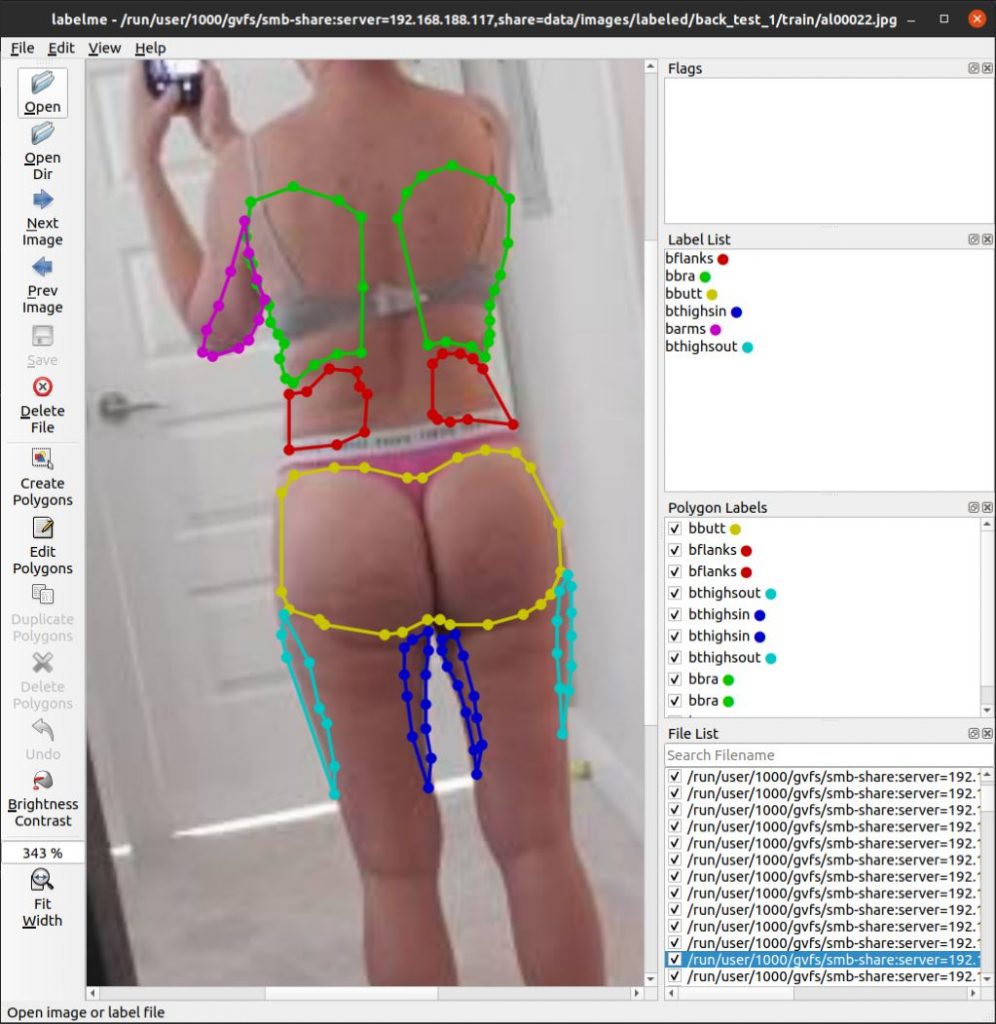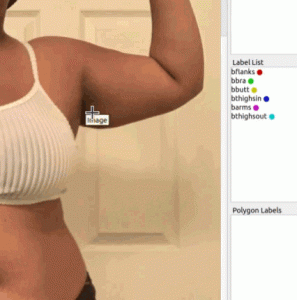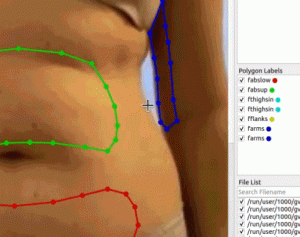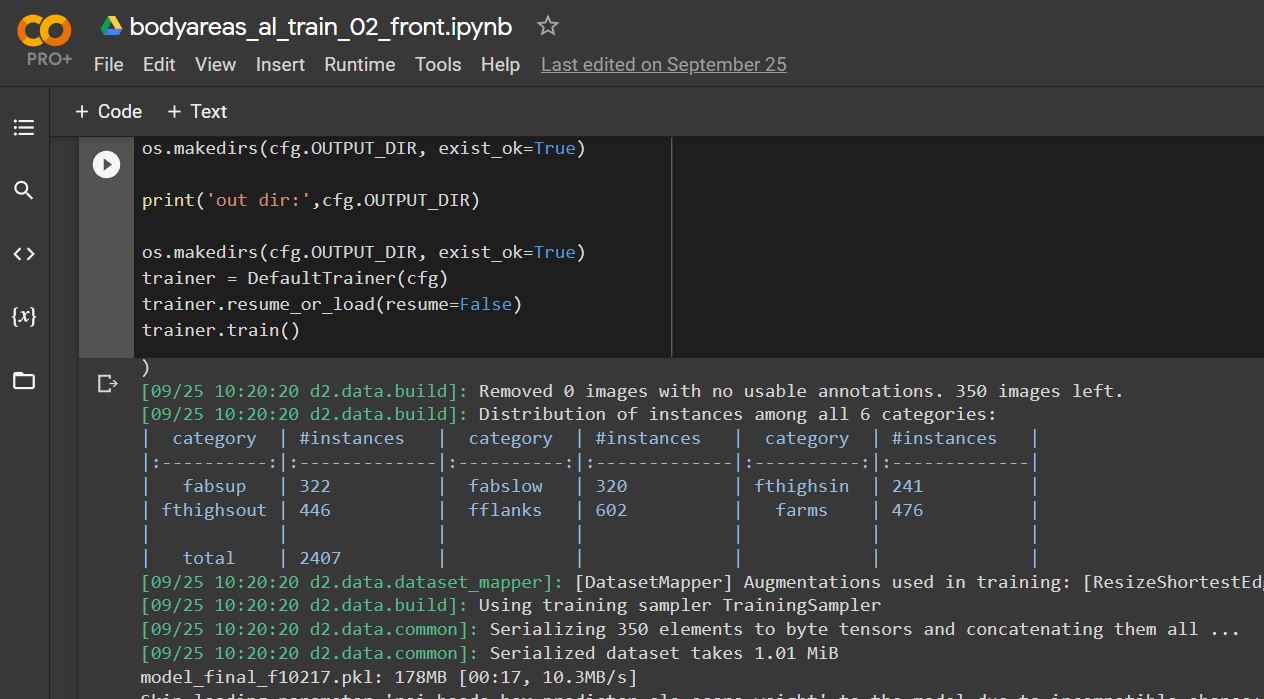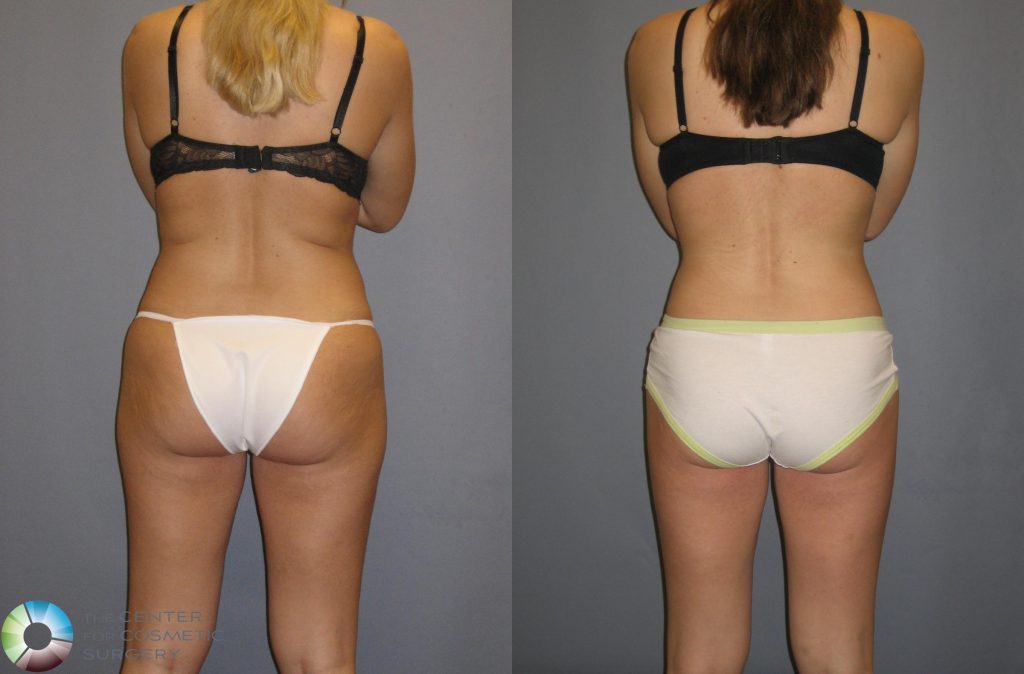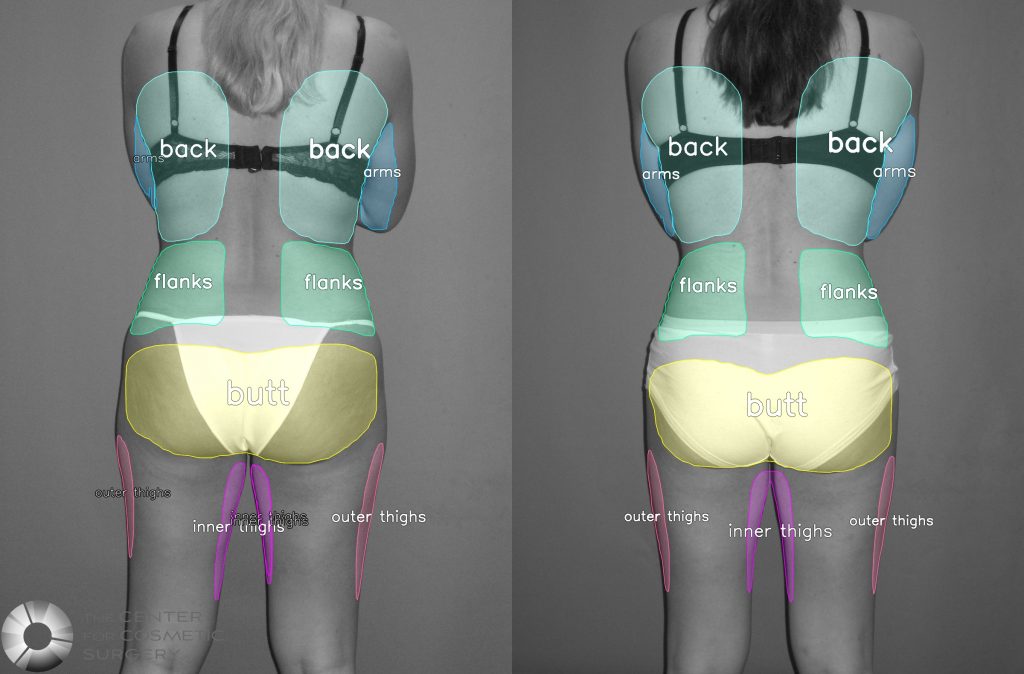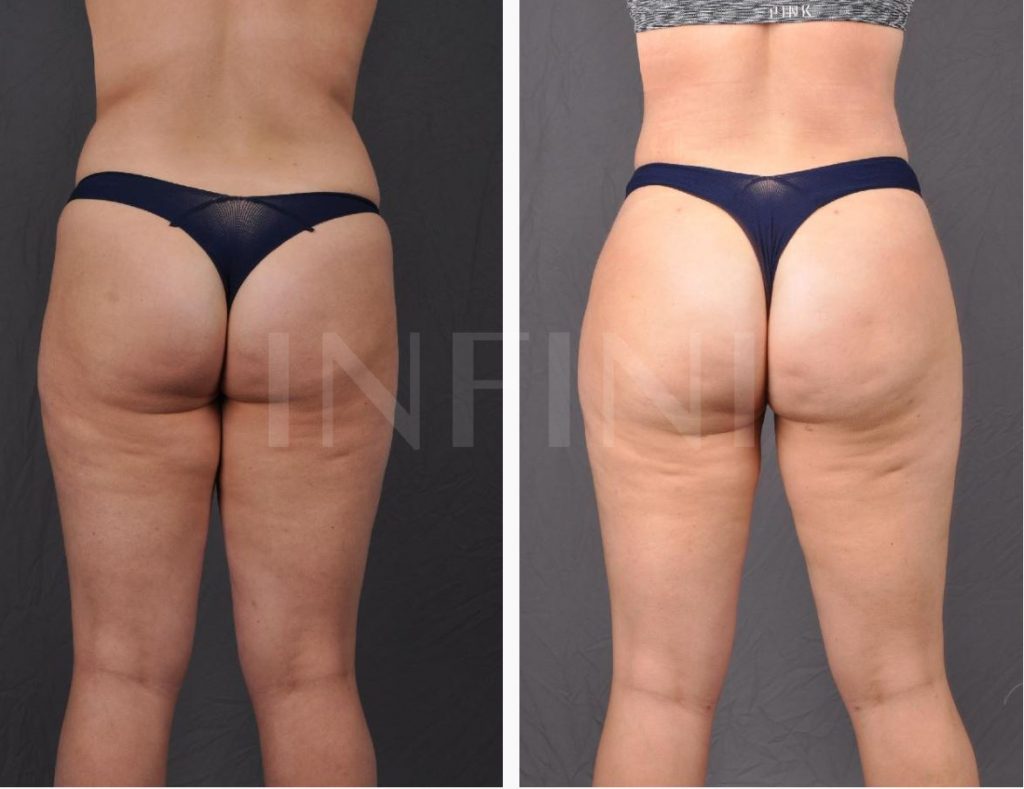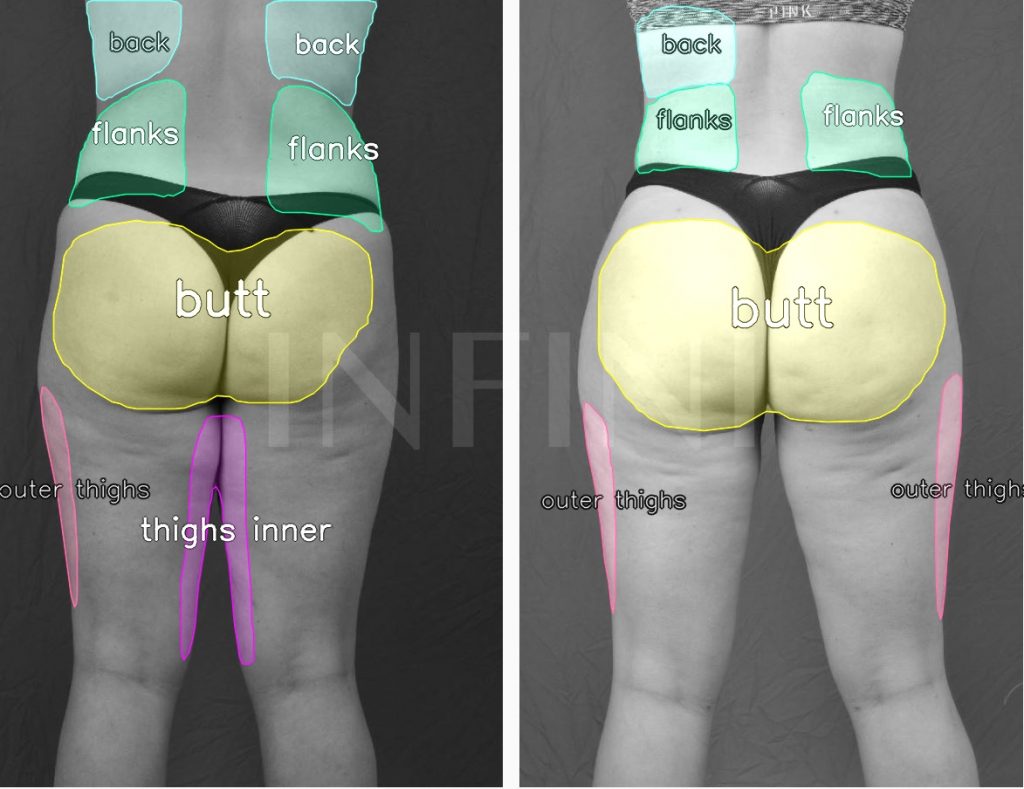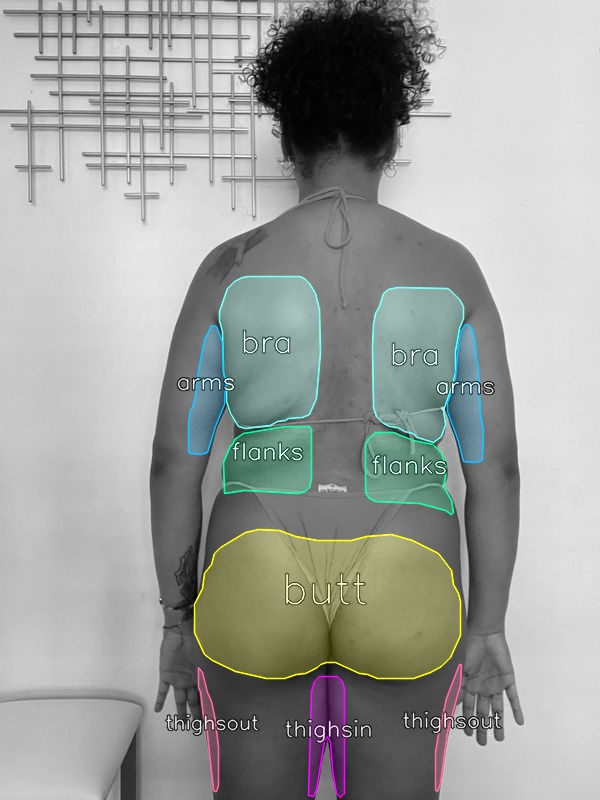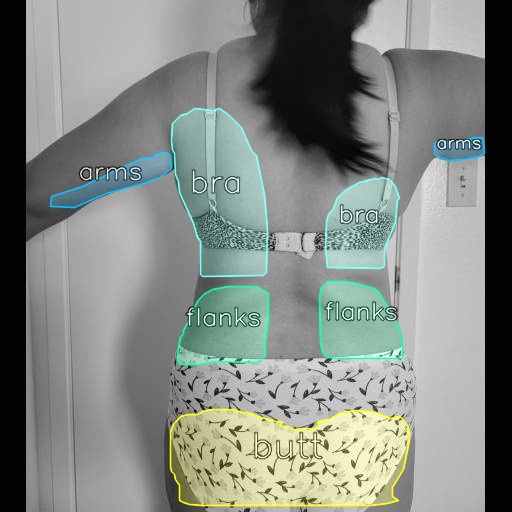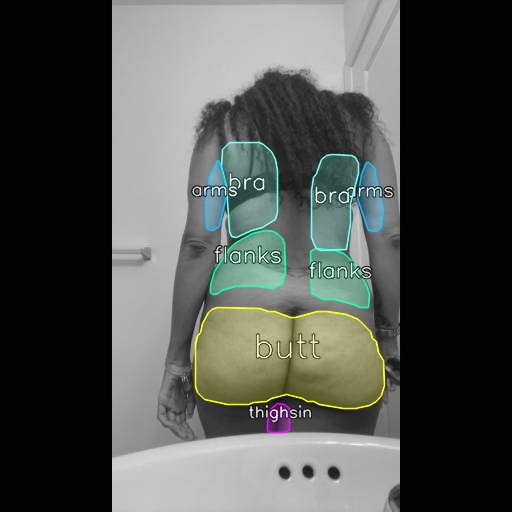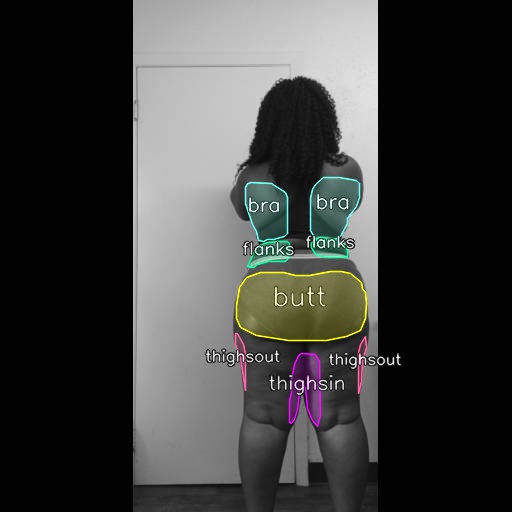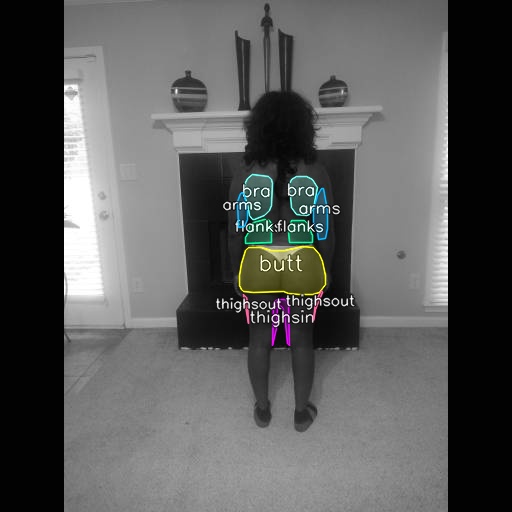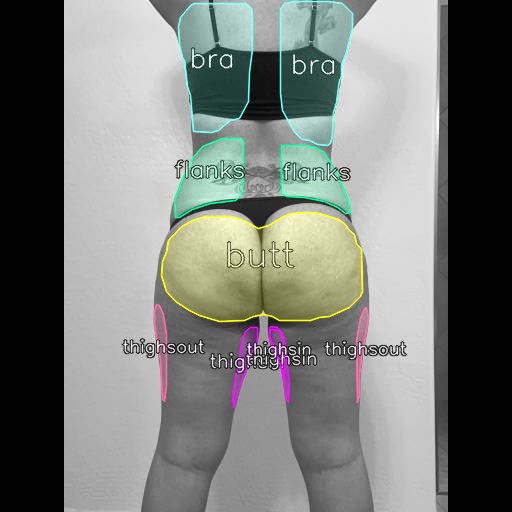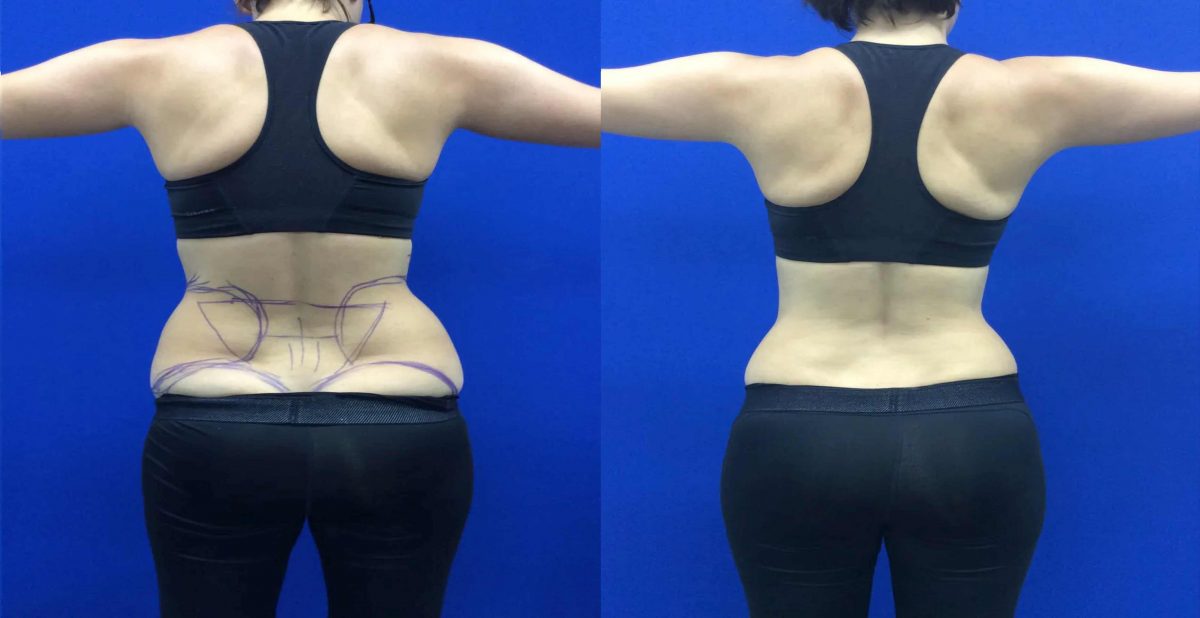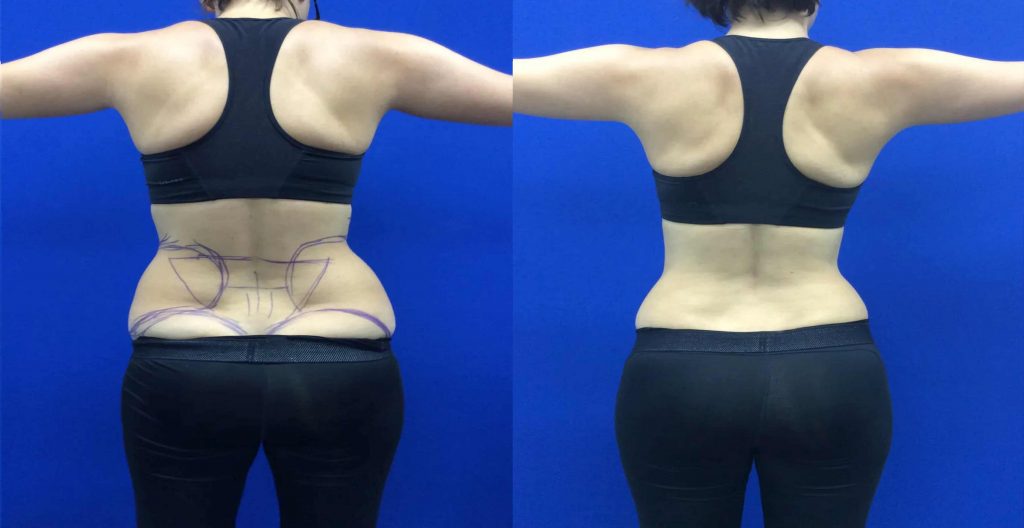Key Takeaways
-
Getting quality sleep is very important for speedy healing, swelling reduction, and pain management post-chest lipo.
-
This is why sleeping on your back is recommended. Use supportive pillows or a recliner to elevate your upper body to keep surgical sites safe and reduce swelling!
-
Avoid sleeping on your stomach or lying down fully flat to reduce pressure on the chest and facilitate healing.
-
Sleep Enhance your sleep environment and practices. Wear your prescribed compression garment while you sleep and keep a peaceful, quiet bedroom to help promote better sleep.
-
Pay attention to your body’s signals, change positions with care and consistently adhere to your surgeon’s instructions for optimal outcomes.
-
Develop good sleep habits to get better sleep. Experiment with comfort hacks, like pillow positioning or calming practices, to make the most of your recovery.
Sleep positioning for chest lipo refers to the best way for a person to sleep after undergoing chest liposuction, in order to promote healing and comfort. The general consensus among U.S. Surgeons is to sleep on your back with your upper body propped up a bit. This aids in reducing swelling and prevents pressure from being put on your chest.
Many patients either sleep with additional pillows or a wedge pillow to help prevent them from rolling over during the night. Sleeping on your side or stomach immediately post-op will not only impede healing, but lead to increased pain. In addition to avoiding discomfort, good sleep habits promote faster healing of your body.
Understanding which sleep position is best is important in ensuring a smooth recovery and achieving optimal final results. The following section will provide an overview of what to expect and tips for your first weeks at home.
Why Sleep Is Your Super Healer
After chest liposuction, sleep really becomes a main player in the recovery process. Sweet dreams are not just a lack of activity. It allows your body to choose the most effective environment to heal, reduce inflammation and perform pain relief.
Addressing your sleep practices can have a tangible impact on your recovery and your overall long-term wellbeing.
Boosts Tissue Repair
This is the stage of sleep in which the body really hunkers down to heal and repair. During sleep, cells rebuild, blood flow increases, and the immune system prepares. For chest lipo, this translates to the tissue surrounding the area of chest lipo healing quicker and stronger.
A consistent sleep routine is key! Shoot for 7 to 9 hours per night to set your body up to find its healing rhythm. Keeping a consistent bedtime helps your body to anticipate and use that time to repair tissues.
Just like the body, the immune system performs best when sleep is regular. This reduces the chance of infection or other complications. In turn, those minor miracles allow you to return to everyday life with fewer jolts.
Reduces Swelling Faster
How sleeping position aids in post chest lipo swelling reduction. Propping your upper body with a few pillows raises your chest above your waist. Or, you can simply sleep on a wedge pillow to achieve this!
This reduces the strain on the lymphatic system, as it becomes easier for the body to drain excess fluid. Reducing that swelling promotes pain-free movement, which leads to superior outcomes.
Monitor for improvement with swelling, like how tight your chest is first thing in the morning. This can make a difference in how you modify your sleep environment and routine.
Eases Post-Op Pain
Sleep is the super healer. Pain has negative effects on health. Ways to prepare for sleep include relaxing before bed—imagine some easy stretching, soothing sounds, or the 4-7-8 breathing hack—can calm jangly nerves and help shut-eye arrive more readily.
If pain medications are included in your post-op plan, use them as directed. This method allows you to be proactive about pain and prevent unnecessary interruption to your sleep.
How to Sleep After Chest Lipo
Restful sleep is incredibly important when it comes to healing after chest lipo. A consistent schedule and proper sleep environment can help improve your sleep. That’s what almost everyone in Los Angeles gets on their first few nights.
Though uncomfortable, getting restful sleep helps speed up recovery and reduces swelling more quickly.
1. Sleep On Your Back: The Best Way
Sleeping on your back will avoid putting any additional pressure on your chest to keep fresh incisions from getting irritated. Add a few pillows under your knees.
Or try placing supportive pillows on either side of your body to avoid rolling over in your sleep. A supportive or medium-firm mattress is key to maintain this position without creating a sinkhole.
Most of our clients find that using a body pillow helps their overall comfort level and helps keep their body aligned correctly. Stomach sleeping for at least a month post-op will be necessary.
In most situations, you’ll need to wait for at least six weeks unless your surgeon tells you otherwise.
2. Elevate Your Upper Body Always
Use several pillows to prop up your upper body or consider using a wedge pillow. In addition, being elevated 30–45 degrees decreases swelling and allows your chest to heal properly.
Wedge pillows are widely available online and at local stores. In addition to promoting optimal blood flow, elevated upper body positions open up your airway, preventing you from rolling onto your side or stomach during sleep.
3. Recliner Naps: Your Best Friend
Sleeping in a recliner can be a lifesaver, particularly if sleeping flat out is uncomfortable. Adjust your recliner to an angle where your chest will remain elevated.
Have your phone, a water bottle, and a good book easily accessible to make things easier on yourself. This configuration allows you to nap without putting pressure on your chest.
4. Master Pillow Forts for Comfort
Combine soft and firm pillows for comfort. Try a large pillow behind your back, one under each arm, and possibly a body pillow along your legs.
This relieves pressure off sore areas like incisions and makes it easier to stay stationary at night.
5. Side Sleeping? When It’s Okay
Consult with your surgeon if you’re considering side sleeping. Once you’re cleared, opt for a pillow between your knees and hug a body pillow to keep your chest in check.
Make sure to monitor how sore you are or if you are experiencing any tightness. If you do, return to the back sleeping position.
A cool, dark room at about 65°F will allow you to enter the deeper stages of sleep. Stay away from both caffeine and alcohol in the evening hours.
Try to stay hydrated by drinking at least eight glasses of water per day, to aid your body’s recovery process.
Sleep Positions to Avoid Now
After chest lipo, sleep positions are one of the most important factors in your recovery. Here’s how bad sleep positions are hindering your body’s recovery. An optimal sleep position reduces swelling and decreases pain. Avoiding the wrong things can have a significant impact on your recovery success and speed!
No Stomach Sleeping, Period.
Stomach sleeping creates unnecessary pressure on the chest and any surgery incisions. This excess pressure can impede the healing process and exacerbate swelling. Most U.S. Surgeons would recommend you stop sleeping on your stomach today.
They advise this for a minimum of 3 months post-operative breast/chest surgery. It’s more than just comfort! Sleeping in this position can alter your appearance and put you at risk for additional discomfort, bruising, or even stitch dehiscence.
Even at 3-6 months post-op, patients typically still have difficulty with the discomfort or stiffness of the stomach position. Adhering to the recommended sleep positions—no matter how uncomfortable they may feel—is essential for an optimal recovery.
Avoid Lying Completely Flat
It can feel like a no-brainer to lie completely flat on your back, but this position puts extra weight on your chest. That kind of pressure can increase swelling and delay your healing. Keeping your head and upper body at a 30- to 45-degree angle is safer.
Consider using a wedge pillow or stacking regular pillows to create an incline. This position aids in circulation, reduces swelling, and prevents fluid accumulation. It’s a small change, but it makes a big difference in your recovery.
Don’t Twist Your Torso
Sleeping in a twisted position can put unnecessary tension on reparative tissue. That can lead to increased pain and a longer recovery time. Maintaining a straight body position allows healing injuries to heal properly and reduces inflammation.
Supportive pillows on either side will prevent you from rolling in your sleep. Being conscious of your body alignment is key to ensuring your recovery stays headed in the right direction.
More Than Just Position: Sleep Tips
Sleep helps out when you need to heal after chest lipo. It isn’t as simple as your position on the bed. Developing good sleep practices and reducing discomfort can make your wake-up call enjoyable. Modify your environment to improve your health and sleep today!
Here’s a glimpse at some of the measures that are more than just placing them in position.
Sleep in Your Compression Gear
Wearing your compression garment at night can go a long way in reducing swelling and promoting healing. These garments perform best when you’re truly dialed in—not loose, not overly snug. If it is still digging in or bunching up, consult with your provider to ensure you have the right size and fit.
Compression gear serves a greater purpose than merely smoothing everything out. It will result in better outcomes and a faster recovery time. Make sure you are adhering to your doctor’s instructions for how long you should wear it, including while you sleep.
Make Your Bedroom a Haven
A quiet, dark, and cool bedroom allows your body to sleep the way it needs to. Blackout curtains can help cut out harsh city lights and aim for 68°F on the thermostat for a pleasant sleep environment.
White noise, whether from a machine or your phone, can mask unforgiving sounds like traffic or neighbors stomping around in an upstairs apartment. Consider using a body pillow or additional pillows to help support your back and arms.
This is particularly useful if you’re getting used to new PPE sleep positions! Fresh linens and soft lighting can make it an environment you want to go to at night.
Manage Pain Before Zzz’s
Consider taking your pain meds as prescribed before bed, so discomfort doesn’t rouse you. Relaxation techniques such as deep breathing, guided meditation or gentle stretching can soothe your mind and muscles to prepare you for sleep.
Build a nighttime routine with the same steps in the same order—reading, light stretching, or slow breathing—to signal it’s time to sleep.
Listen To Your Body’s Cues
Sleeping on your back or side after chest lipo is equally important as adhering to post-op instructions from your surgeon. Your body is always giving you cues—pain, tension, comfort, anxiety—that will inform you about what your body is craving. By listening to these cues, Angelenos can do more for their bodies’ healing.
They can keep from getting too uncomfortable during those first few rough weeks of recovery. This newfound self-awareness does not simply reduce discomfort or prevent inflammation. It improves the quality of your sleep, so you wake up feeling more rejuvenated and prepared to conquer whatever the day throws at you.
Know When to Shift Gently
Changing positions during the night can be challenging. Excessive movement can aggravate inflamed tissue or interfere with its healing process. Know when to shift gently.
If you start to sense any pinching or yanking, stop and figure out a gentler route. For some, it helps to pillow prop in order to hold position to keep alignment. A wedge cushion may take pressure off the chest.
If you wake up feeling stiff or numb, it’s your body telling you that you need to change positions. Small, deliberate adjustments can disrupt too much time in one location while still giving people a chance to recover.
Good Signs vs. Warning Signs
Pay attention to body cues. Identify good signs, such as decreased swelling or pain and/or improved sleep or energy levels. These are good signs that your body is healing appropriately.
Stabbing pain, increased swelling, or redness may indicate a serious issue. If you experience fever or increased warmth around the surgical site, contact your physician immediately. Being mindful of these cues can avoid more severe issues and get the recovery course back on track.
Your Surgeon Knows Best
Follow your surgeon’s recommendations for sleep positions and routines. Consider using post-op instructions as a reference, and discuss your concerns during check-up appointments.
Your care team has your best interests in mind and wants to ensure that you’re resting and healing, so don’t be shy about questions or providing updates.
My Unique Tips for Better Sleep
That is because after chest lipo, sleep can be quite a different experience for some time. It’s about creating a toolbox of tiny habits and decisions that turn every evening into a bit more of a glide path. Everyone’s journey is different, but it doesn’t take much to make a big impact with some small concepts.
Journaling about what helps you and what hinders you can help you identify patterns and make adjustments to your routine.
Coping with Sleep Restrictions
In the immediate post-operative period, expect restrictions on your sleeping position. Sleeping on your back, possibly elevated somewhat, can be an odd adjustment initially. In general it can take anywhere from three to five days to adapt to sleep position changes.
After that, it’s smooth sailing! Taking time with slow breaths and awareness can bring calm and focus, reducing anxiety or aggravation at night. A sleep partner or friend can help monitor your posture and provide motivation and support.
If you wake up sore or uncomfortable, just tell yourself—like waiting for a great new mattress—good things take time to get used to.
Sleep Habits Post-Recovery
As recovery continues, usually after six to eight weeks, you might catch yourself falling back into your previous sleep patterns. So be aware as you make this seasonal change! Sticking to a regular sleep schedule—even on the weekends—supports your body’s internal clock.
Aim for a cooler room, around 60°F to 67°F, and save larger meals for earlier in the day. Even a few gentle walks or stretches can go a long way toward keeping your body loose and ready to relax come bedtime.
My Top Comfort Hacks
Build a pillow stack behind your back and under your arms. Many people find that a wedge pillow provides consistent support. Soothing scents—such as lavender—or calming sounds can put your brain into relax mode.
Miniature fans, with their white noise and cool breezes, are very relaxing to most folks.
Adapting to Your New Chest
Pay attention to how every position is making you feel. You’ll want to adjust pillows and find new arrangements as swelling decreases. Be flexible with your fit, and take your time—comfort is something that develops over months.
Conclusion
A little planning for getting restful sleep after chest lipo will take you a long way. Sleeping in a laid-back position with full upper back and neck support pillows protects your chest from pressure and injury while minimizing swelling. Avoiding stomach or side sleeping will allow your body to recover more quickly and prevent unnecessary discomfort. Creating an environment that is cool, dark, and quiet will go a long way in helping you sleep better. Staying active Walking short distances throughout the day will make you more tired come nighttime. Each body is different and has its own unique story, so listen to yours and do what feels best! Healing goes at its own pace, but wise sleep decisions help flatten the curves. Have other sleep positioning tips or questions related to sleeping after chest lipo? Drop them in the comments and pay it forward to fellow travelers on the same journey. Your voice can have an impact here.
Frequently Asked Questions
How should I sleep after chest lipo?
How should I sleep after chest lipo. Try sleeping with additional pillows or a wedge pillow to support your chest and control swelling.
Can I sleep on my side after chest lipo?
Can I sleep on my side after chest lipo? No, side sleeping should be avoided for a minimum of 2–3 weeks. That’s because side sleeping can irritate your incision sites, putting pressure on your chest and slowing healing.
Why is sleep so important after chest lipo?
Sleep is super important for successful healing after your chest lipo. It can prevent swelling, strengthen your immune system, and get you back on your feet faster.
When can I return to my normal sleep position?
Once the inflammation goes down, most people can return to their normal preferred sleep position in about 4–6 weeks. As always, though, consult your own surgeon before taking any action.
What sleep positions should I avoid after chest lipo?
Don’t sleep on your stomach or sides. Either position presents a risk of pain and jeopardizing the healing process.
Are there any tips to sleep better after chest lipo?
Make sure to wear your compression garment, set up a cool sleeping environment and limit caffeine intake in the evening. Tips like these can go a long way toward helping you relax, fall asleep, and stay asleep.
How do I know if my body needs a new sleep position?
Watch out for signals such as discomfort, loss of feeling, or worsening edema. If you notice any pain, switch sides or consider discussing your sleep position with your physician.




